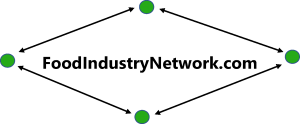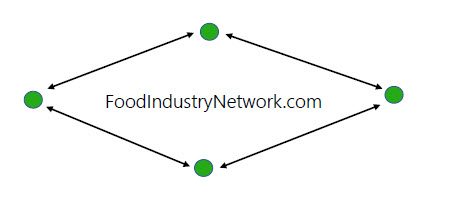Consumers cite food prices as their top economic concern: Morning Consult

Dive Brief:
- Consumers still cite food prices as their number-one economic concern, despite prices being in a period of long-term stabilization, according to internal survey data from Morning Consult.
- Food-at-home prices increased 1.7% on a year-over-year basis in November, and increased 0.1% compared to the previous month, according to the U.S. Bureau of Labor Statistics’ Consumer Prince Index released this week. Food groups like cereal, baked goods, eggs, butter, and coffee each increased in price over the month.
- While the reasons for food inflation are complex, all major food groups saw prices increase in 2022, amid supply chain woes, competitive pricing and other issues impacting crops or livestock — like a drought fueling wheat shortages, and avian influenza driving up the price of eggs.
Dive Insight:
Inflation has significantly affected the food and beverage industry since the onset of the COVID-19 pandemic in 2020, resulting in grocery prices reaching record highs in 2022. Although prices have decreased from their peak, consumers remain worried about their food shopping expenses compared to pre-pandemic levels in 2019.
In an interview with Food Dive, Morning Consult’s senior economist Kayla Bruun Bruun, said food inflation has remained “stubbornly high” throughout the year relative to other consumer goods categories. But there has been a significant restoration of supply for food and beverage companies, compared to the shortages seen in previous years when demand could not be met. Morning Consult’s survey indicated the seriousness with which consumers take food prices as an arbiter of economic health.
“We asked specifically about what is bothering you and we listed 15 different concepts, such as the labor market, housing prices, the national debt, all sorts of things, Food prices was the most cited source of concern, even surpassing inflation overall,” Bruun said.
Food prices increased in 2022 due to supply chain issues, competitive pricing, and problems with crops and livestock. All major food groups were affected, including wheat and eggs due to droughts and avian influenza, respectively.
Morning Consult continues to find a link between the change of prices in food items to how they are allocating their spending overall, Bruun said. While prices will likely not return to 2019 levels anytime soon, certain categories could see relief based on supply and demand leveling out, she added.
“It really comes back to the fact that price levels are still very high in consumers’ minds relative to just a few years ago, so it’s still recent memory when you could buy groceries for cheaper prices,” Bruun said. “It’s still at a level consumers are bothered by, and it’s still shaping purchasing decisions.”
Source: fooddive.com

